The animal kingdom is filled with fascinating behaviors that often leave us humans puzzled and intrigued. Among these peculiar behaviors is what some snake handlers and herpetologists describe as an “apologetic” response from certain snake species following a bite incident. This phenomenon, while easily anthropomorphized, actually stems from complex evolutionary behaviors and survival mechanisms rather than genuine remorse. Understanding why snakes might appear regretful after striking provides valuable insight into reptilian behavior patterns and can help both professionals and enthusiasts better interpret snake body language. In this article, we’ll explore the science behind what may look like snake contrition but is actually sophisticated animal behavior shaped by millions of years of evolution.
The Myth of the Apologetic Snake
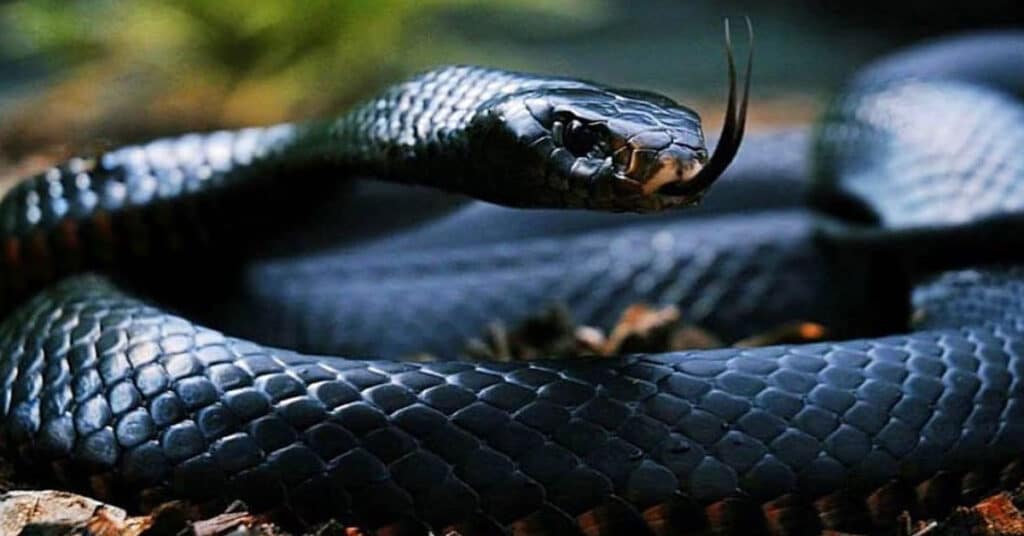
Many snake owners and handlers have reported observing what seems like apologetic behavior in their reptilian companions after a bite incident. These observations typically include the snake retreating, becoming notably more docile, or even attempting to approach the handler in a gentler manner following an aggressive strike. The human tendency to anthropomorphize animal behaviors leads many to interpret these actions as expressions of regret or remorse. However, scientists and herpetologists caution against assigning human emotions to reptilian behaviors. Snakes operate primarily on instinct and learned responses rather than the complex emotional processes that govern human interactions. What appears as an apology is more accurately a sophisticated behavioral adaptation that serves specific biological and survival purposes.
Understanding Snake Cognition
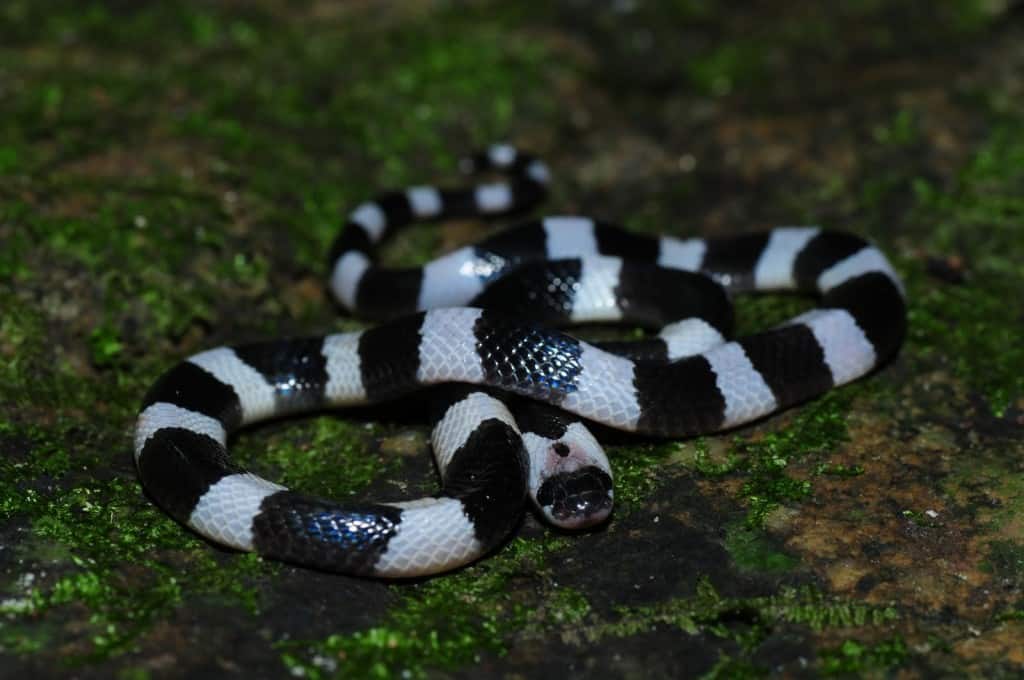
To properly contextualize seemingly apologetic behaviors, it’s crucial to understand snake cognition and emotional capacity. Snakes possess relatively simple brain structures compared to mammals, with less developed limbic systems – the area responsible for emotion processing in more complex animals. Their brains prioritize survival functions: hunting, defense, reproduction, and environmental navigation. While research has shown that reptiles can learn through conditioning and demonstrate preferences, the scientific consensus remains that they lack the neurological architecture necessary for complex emotions like guilt, shame, or remorse. Their behaviors following a bite are better understood through the lens of instinctual responses and learned associations rather than emotional awareness. This doesn’t diminish their fascinating adaptations but places their post-bite behaviors in a more scientifically accurate framework.
Defensive Biting vs. Predatory Biting
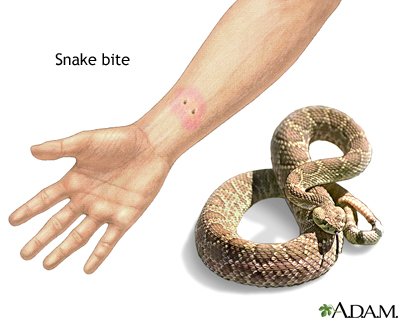
Snake bites generally fall into two distinct categories: defensive and predatory, each with different behavioral patterns following the strike. Defensive bites occur when a snake feels threatened and uses its bite as a warning or protective measure, often delivered with a closed mouth or minimal venom expenditure (in venomous species). Following a defensive bite, a snake typically tries to escape rather than continue aggression, creating the appearance of “backing off” or “apologizing.” Predatory mites, by contrast, are hunting behaviors aimed at securing food, characterized by the snake holding on or pursuing the target after striking. The post-bite behavior differs significantly between these two-bite types, with defensive bites more commonly followed by behaviors humans might interpret as apologetic. Understanding this fundamental distinction helps explain why snakes appear to “regret” certain bites but not others.
The Energy Conservation Theory
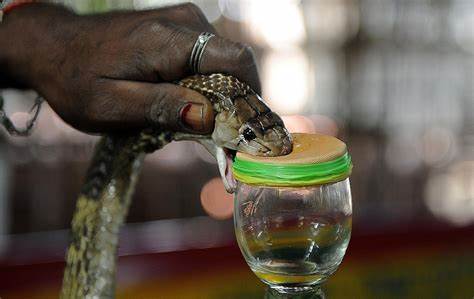
One compelling explanation for post-bite docility involves the snake’s need to conserve energy. Striking is an energetically expensive action for snakes, requiring rapid muscle contractions and, in venomous species, the production of metabolically costly venom. After expending this energy, many snakes enter a period of relative calm to recover their resources. This recovery phase might appear as remorse to human observers but represents a biological necessity rather than an emotional response. For venomous snakes in particular, venom production requires significant metabolic investment, making conservation after a defensive strike evolutionarily advantageous. The snake’s seemingly apologetic retreat can thus be better understood as an energy management strategy rather than a social gesture – a perfect example of how evolutionary adaptations can mimic emotional responses without the underlying emotional experience.
Learned Association and Conditioning
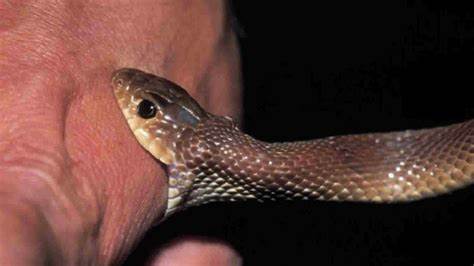
Despite their relatively simple brain structures, snakes demonstrate a remarkable capacity for learned associations, which plays a significant role in their post-bite behavior. Captive snakes, particularly those handled regularly, may learn through experience that biting handlers results in negative outcomes – disrupted routines, stressful handling, or temporary isolation. Through this conditioning, they may develop behavior patterns that minimize these negative consequences. A snake that has previously experienced unfavorable outcomes after biting might exhibit increased docility following a bite incident, having associated aggression with undesirable results. This learned behavior modification can appear remarkably like remorse but stems from conditioning rather than emotional processing. Such adaptive learning demonstrates the sophistication of reptilian behavior even without the complex emotional architecture of mammalian brains.
Species-Specific Tendencies
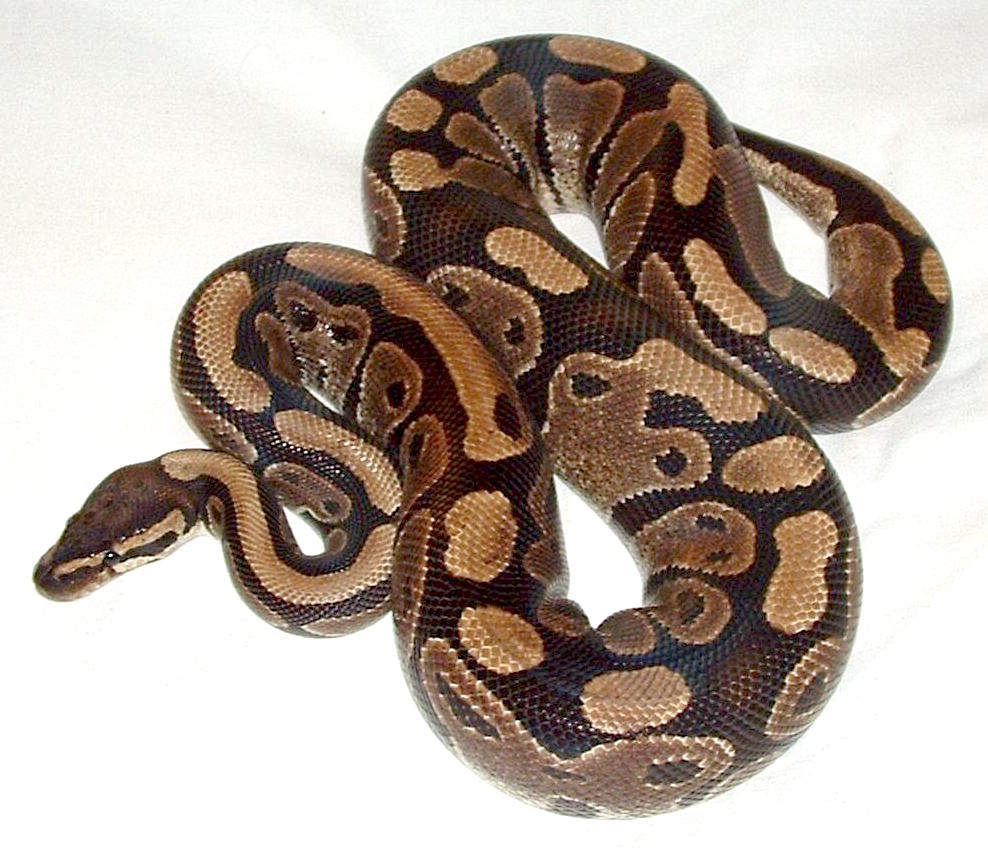
The tendency to display seemingly apologetic behaviors varies significantly across snake species, with some consistently demonstrating more pronounced post-bite docility than others. Ball pythons, for instance, are known for their generally gentle disposition and may appear particularly “sorry” after defensive strikes, quickly returning to their characteristic calm state. Corn snakes and king snakes may also display notable shifts from defensive to calm behavior. By contrast, certain species like black mambas or bushmaster vipers rarely exhibit behaviors that could be interpreted as apologetic, maintaining defensive postures for extended periods. These species differences reflect evolutionary adaptations to different ecological niches and survival strategies rather than varying capacities for remorse. The species-specific nature of these behaviors underscores how evolutionary pressures shape behavioral patterns that may coincidentally resemble human emotional expressions.
The Role of Venom Conservation
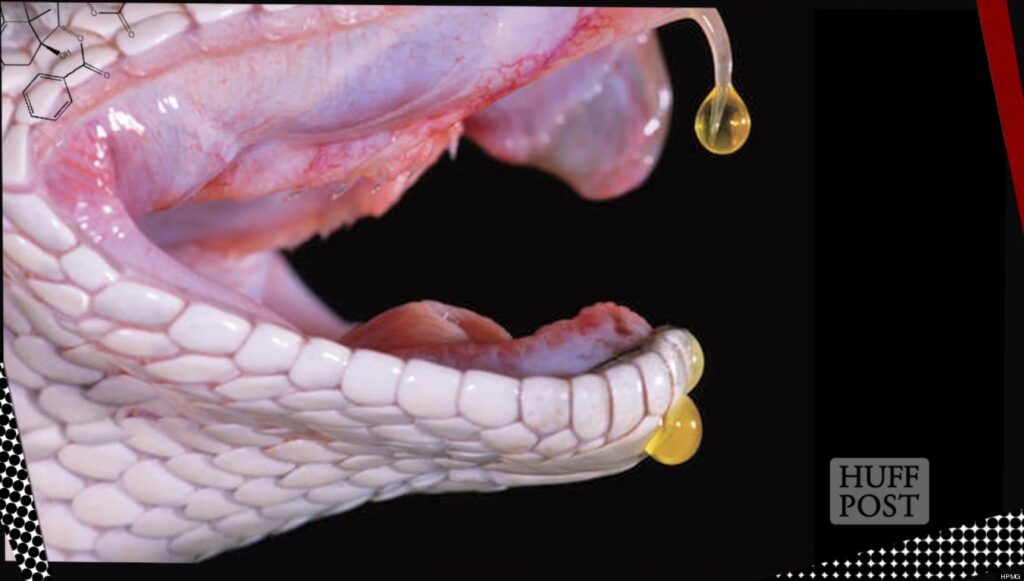
For venomous snakes, the apparent reluctance to continue aggressive behavior after a defensive bite often relates directly to venom conservation. Venom is metabolically expensive to produce and primarily evolved as a hunting tool rather than a defense mechanism. When a venomous snake delivers a defensive bite, it often does so with minimal venom expenditure (sometimes called a “dry bite”) or follows with behavior that prevents further confrontation. This conservation strategy ensures that precious venom resources remain available for securing prey – the primary evolutionary purpose of venom. The snake’s subsequent docile behavior represents a biological imperative to preserve hunting resources rather than any form of regret. This venom conservation strategy demonstrates the sophisticated resource management capabilities that evolution has instilled in these remarkable reptiles.
Threat Assessment Recalibration

What appears as apologetic behavior often represents a snake’s ongoing threat assessment process following an initial defensive response. Snakes continuously evaluate potential threats in their environment, adjusting their behavior based on how the perceived threat responds. When a handler remains calm after being bitten rather than escalating the confrontation, the snake may downgrade its threat assessment, resulting in reduced defensive behavior. This recalibration process can create the appearance of the snake “realizing its mistake” when in reality, it’s simply responding to updated environmental information. The snake’s primary goal is survival, not social reconciliation, and its behavioral adjustments reflect this priority. This sophisticated threat response system allows snakes to conserve energy by maintaining defensive postures only when genuinely necessary.
The Impact of Handler Response
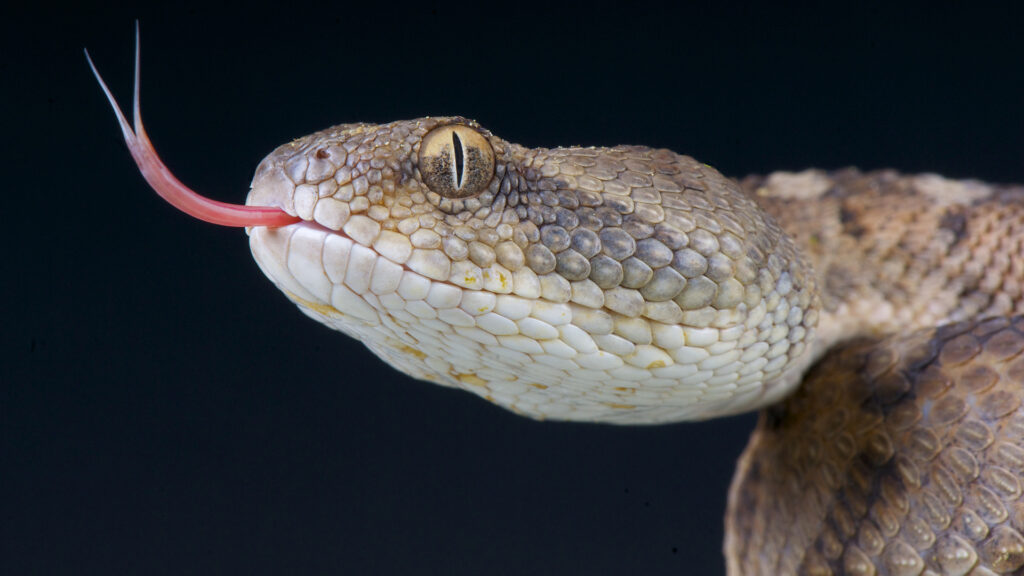
The handler’s reaction to a bite significantly influences subsequent snake behavior, often contributing to the perception of snake contrition. When handlers remain calm and controlled after being bitten, they avoid triggering further defensive responses from the snake. This measured human reaction often results in the snake de-escalating its defensive behavior, creating the impression that the snake is responding apologetically to the handler’s composure. Conversely, handlers who react dramatically with sudden movements or loud noises typically elicit continued defensive behavior from the snake. This behavioral feedback loop between handler and snake demonstrates how human interpretation of snake “emotions” is often influenced by our own behavioral contributions to the interaction. Understanding this dynamic helps explain why experienced handlers often report more “apologetic” snakes – their own calm responses facilitate behavioral de-escalation.
Behavioral Shifts in Captive vs. Wild Snakes
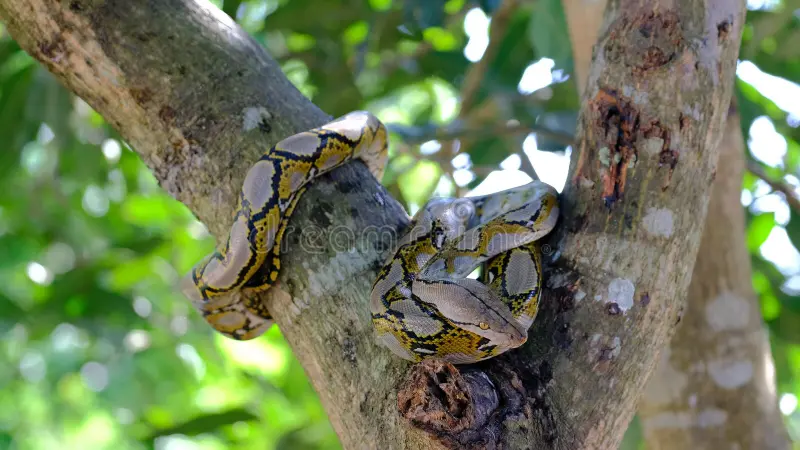
The phenomenon of seemingly apologetic behavior appears more frequently in captive snakes than in their wild counterparts, highlighting the influence of the captive environment on snake behavior. Captive snakes regularly interact with humans in non-predatory contexts, allowing them to develop more nuanced responses to human handling. They learn that handlers generally provide food, warmth, and safety rather than representing threats, creating a different baseline for their defensive responses. Wild snakes, by contrast, typically maintain defensive postures longer after striking, having evolved in environments where persistent threats warrant sustained vigilance. The more pronounced “apologetic” behaviors in captive specimens likely reflect their adaptation to the unique conditions of captivity rather than inherent differences in emotional capacity. This behavioral plasticity demonstrates snakes’ ability to modify their instinctual responses based on environmental context.
Misinterpreting Exhaustion as Remorse

Often, what appears as apologetic behavior in snakes actually represents physical exhaustion following the intense energy expenditure of a defensive strike. The striking motion requires rapid muscle contractions and considerable energy, particularly in larger snake species. After such exertion, many snakes enter a recovery period characterized by reduced movement and aggression – states easily misinterpreted as emotional responses like remorse or regret. This exhaustion-induced docility is particularly noticeable in species that rely on ambush hunting strategies, as they naturally alternate between bursts of intense activity and periods of rest. The timing of this natural rest cycle following a defensive strike creates a compelling illusion of emotional response when viewed through a human perceptual lens. Recognizing these physiological factors helps separate biological reality from anthropomorphic interpretation.
The Human Tendency to Anthropomorphize
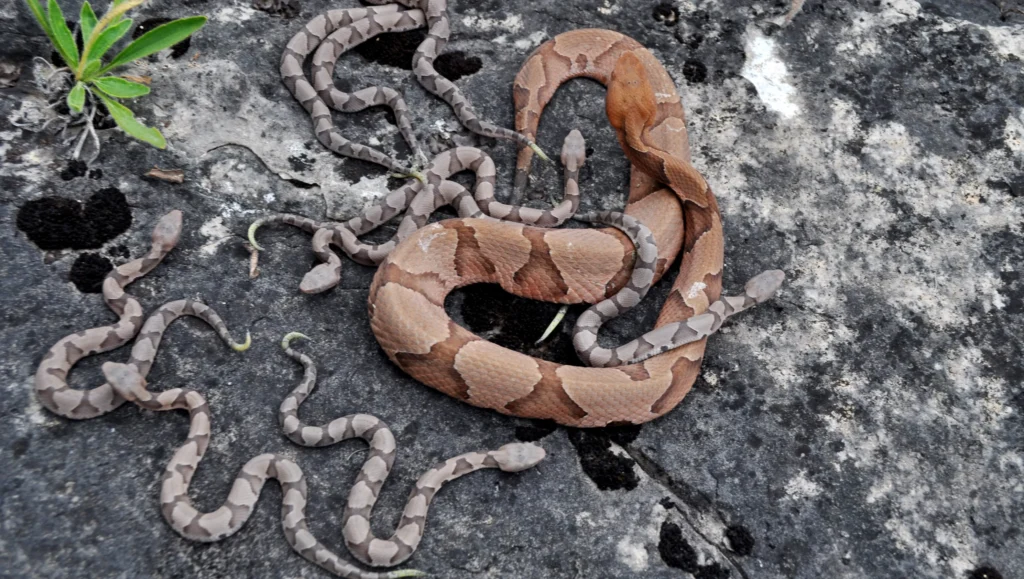
The perception of apologetic behavior in snakes reveals more about human psychology than reptilian emotion, highlighting our strong tendency to anthropomorphize animal behaviors. Humans, as highly social creatures, are neurologically wired to recognize emotional states and social cues in others – a capability that we readily extend to our interactions with animals. This cognitive tendency leads us to interpret animal behaviors through the lens of human emotional experiences, assigning feelings like guilt, love, or remorse to creatures whose neurological structures process the world very differently. While anthropomorphism can foster compassion toward animals, it can also lead to misinterpretations that affect how we interact with and care for different species. Recognizing this tendency helps us develop a more accurate understanding of animal behavior while maintaining our appreciation for the complex adaptations that might superficially resemble human emotions.
Practical Implications for Snake Handlers
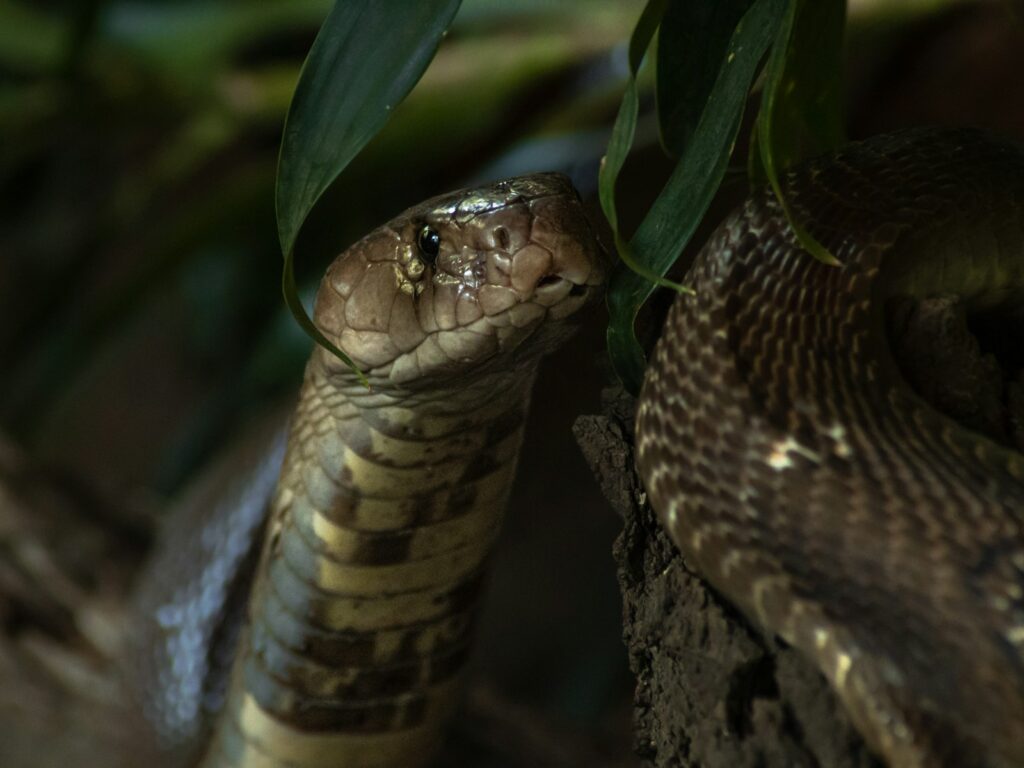
Understanding the true nature of post-bite snake behavior has important practical implications for those who regularly handle these reptiles. Recognizing that apparent “apologetic” behavior actually represents threat reassessment, energy conservation, or learned association helps handlers respond more appropriately to bite incidents. Rather than interpreting docility following a bite as remorse that indicates future safety, experienced handlers maintain appropriate caution, understanding that the snake’s behavioral shift reflects biological processes rather than changed intentions. This knowledge improves safety protocols and reduces the risk of misinterpreting snake body language. Additionally, understanding these behaviors helps handlers develop more effective training and habituation techniques that work with, rather than against, the snake’s natural behavioral patterns. This scientifically informed approach benefits both the handler’s safety and the snake’s well-being.
While the notion of apologetic snakes makes for compelling anecdotes, the scientific reality offers an even more fascinating window into the complex world of reptilian behavior. What we perceive as remorse represents sophisticated evolutionary adaptations that have enabled these remarkable creatures to survive for millions of years. By understanding snake behavior on its own terms – as biological responses shaped by evolutionary pressures rather than mammalian emotions – we develop a deeper appreciation for their unique place in the animal kingdom. This knowledge doesn’t diminish the special bonds that many handlers develop with their serpentine companions but rather enriches these relationships with accurate understanding. Ultimately, respecting snakes for what they are, rather than what our anthropomorphic tendencies might wish them to be, allows us to better care for, safely handle, and truly appreciate these extraordinary reptiles.




